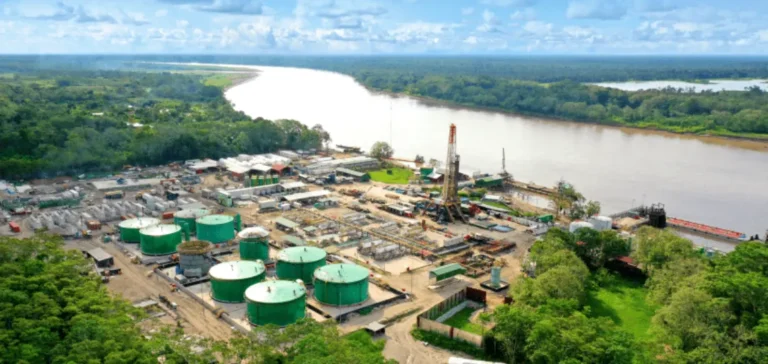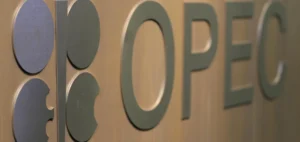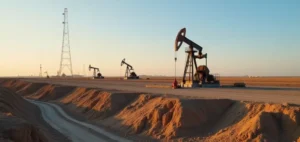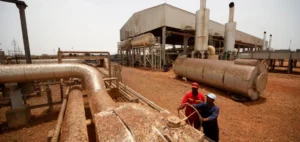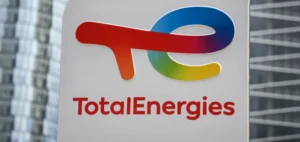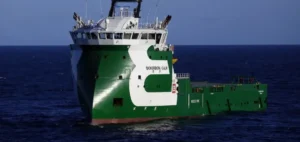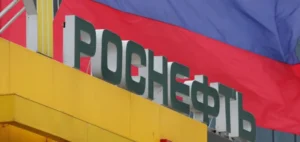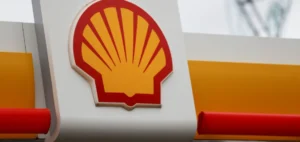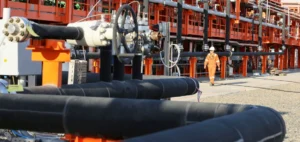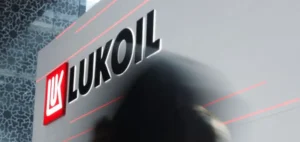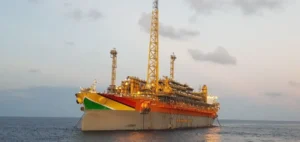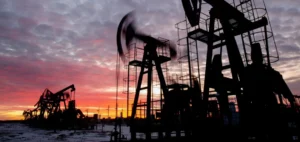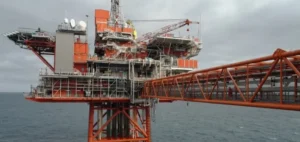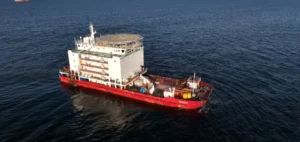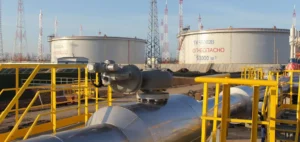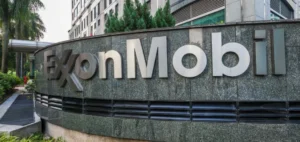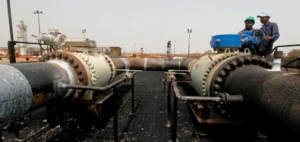PetroTal Corp. announced a 15% increase in production in the second quarter of 2025 compared to the same period last year, reaching an average of 21,039 barrels per day. The company, operating in the Bretana and Los Angeles fields in Peru, also indicated that its production for the first half of 2025 rose by 20% compared to the first half of 2024, amounting to 22,160 barrels per day.
Operational progress and equipment replacement
Three electric submersible pumps were successfully replaced at the Bretana site, restoring almost 3,300 barrels per day of production capacity that was previously offline. The replacement of the remaining fourth pump is scheduled for completion by the end of July 2025. According to the company, the Bretana field produced 20,512 barrels per day in the second quarter of 2025, compared to 526 barrels per day from the Los Angeles field.
Production at the Bretana field fell by 2,150 barrels per day compared to the previous quarter, mainly due to natural decline and pump failures occurring between late 2024 and early 2025. At the Los Angeles field, a drop of 90 barrels per day was recorded following well-logging operations requiring the temporary shut-in of certain wells.
Financial position and investments
As of June 30, 2025, PetroTal’s total cash reached $142.1mn, including $31.9mn held in escrow as part of the first tranche of a syndicated loan with Corporación Financiera de Desarrollo (COFIDE). This previously announced loan was mobilised to finance ongoing expenditures, notably for the erosion control project at production sites. The company also reported accounts payable and receivable of $57.1mn and $65.8mn respectively on the same date.
Investments since the beginning of 2025 amount to approximately $40-50mn, while capital expenditures remain below the initial budget. PetroTal plans to continue equipment replacements at Block 95 and launch a stimulation programme at the Los Angeles field by September 2025. The company is expected to provide a detailed update of its 2025 development programme during its quarterly results announcement in August 2025.
Risk management and management changes
PetroTal’s production hedge covers about 35% of forecast volumes for 2025 through costless collar options, bracketing Brent prices between $65.00 and $82.50 per barrel, with a cap at $102.50 per barrel. As of July 7, 2025, the market value of this hedge was approximately $3.5mn.
On June 13, 2025, Jose Contreras left his position as Chief Operating Officer. Max Torres, former Vice President of Exploration, is serving as interim, bringing more than thirty years of experience in the sector, notably at Repsol and Ecopetrol. The search for a permanent replacement is ongoing.


